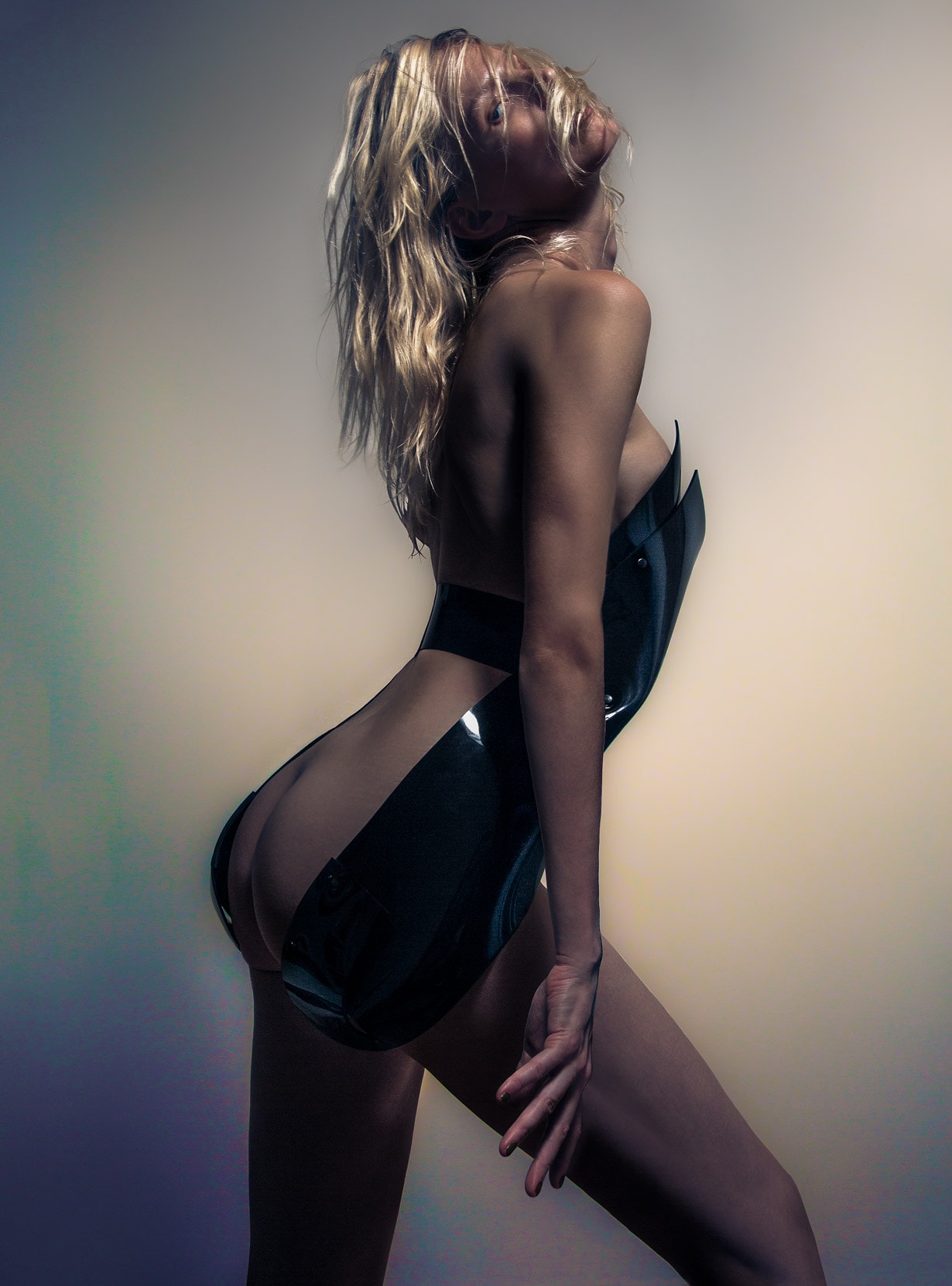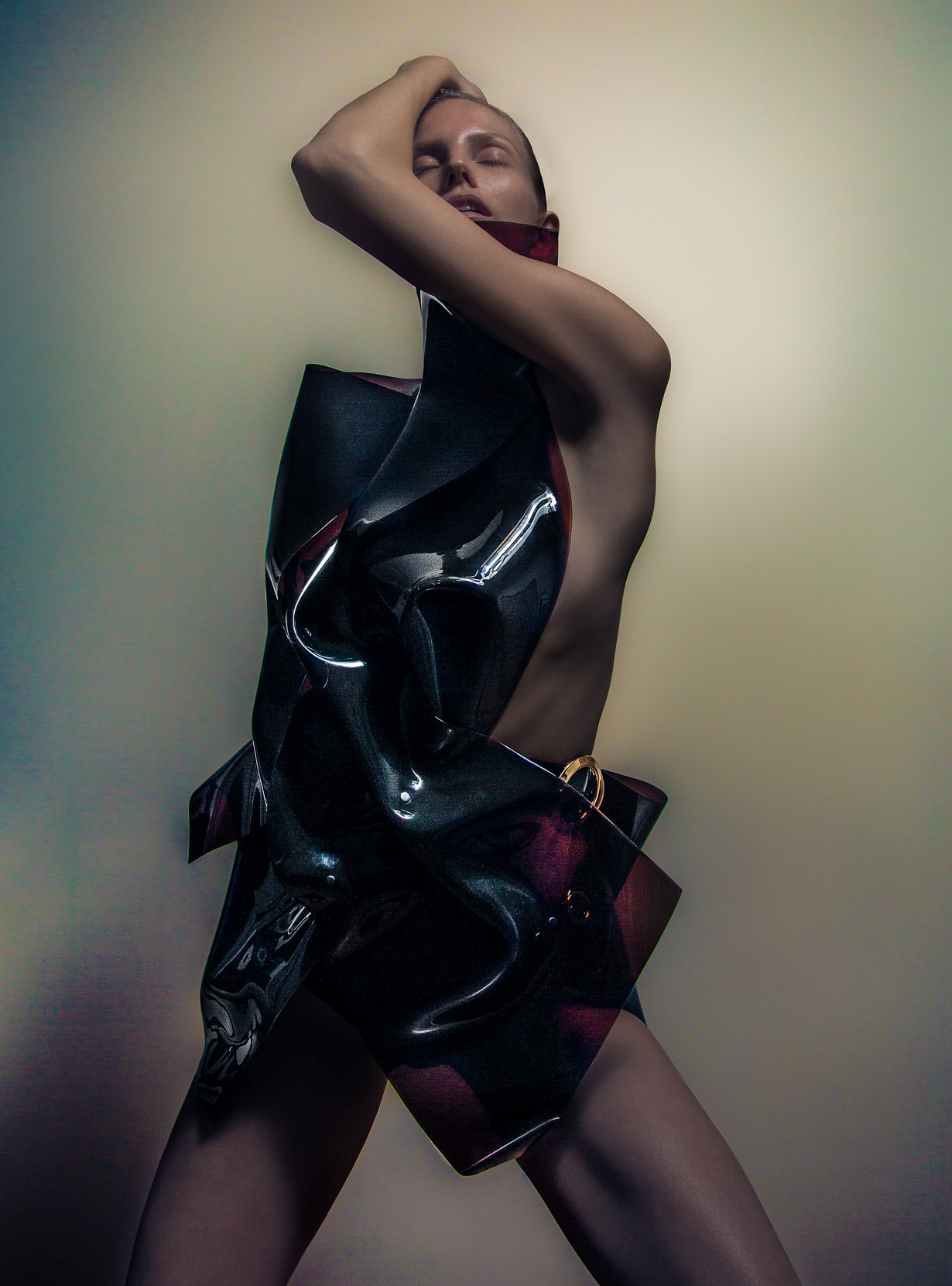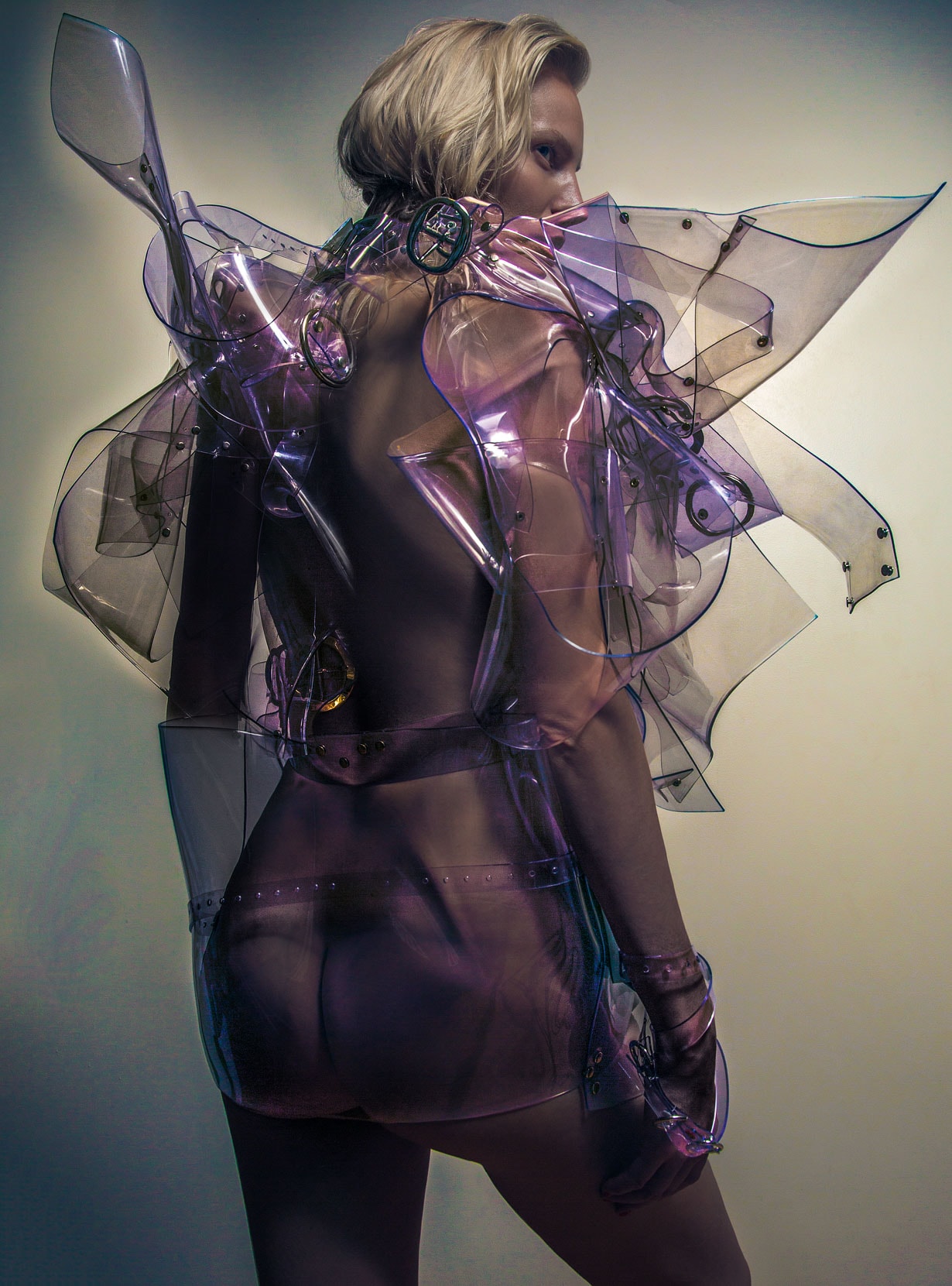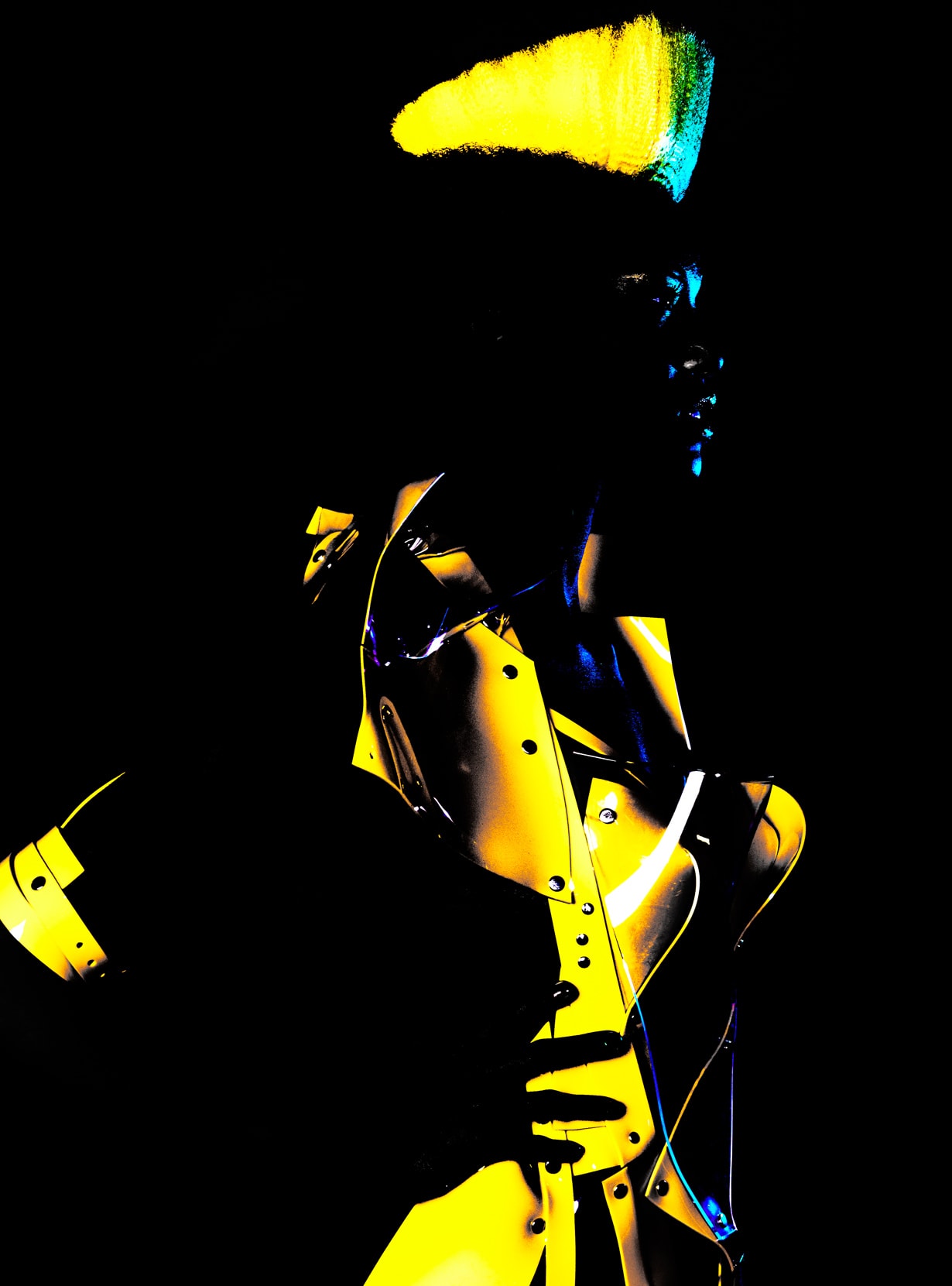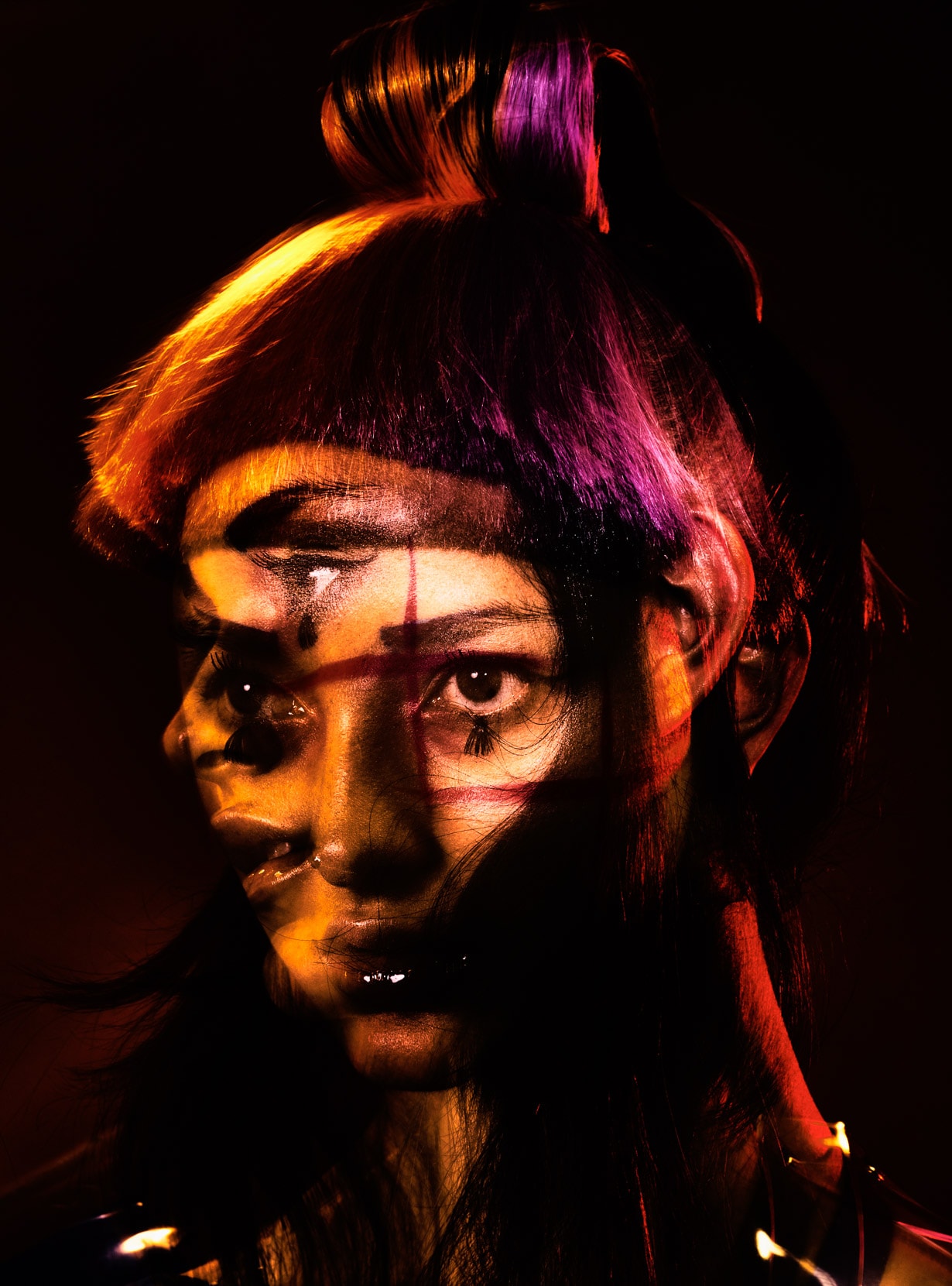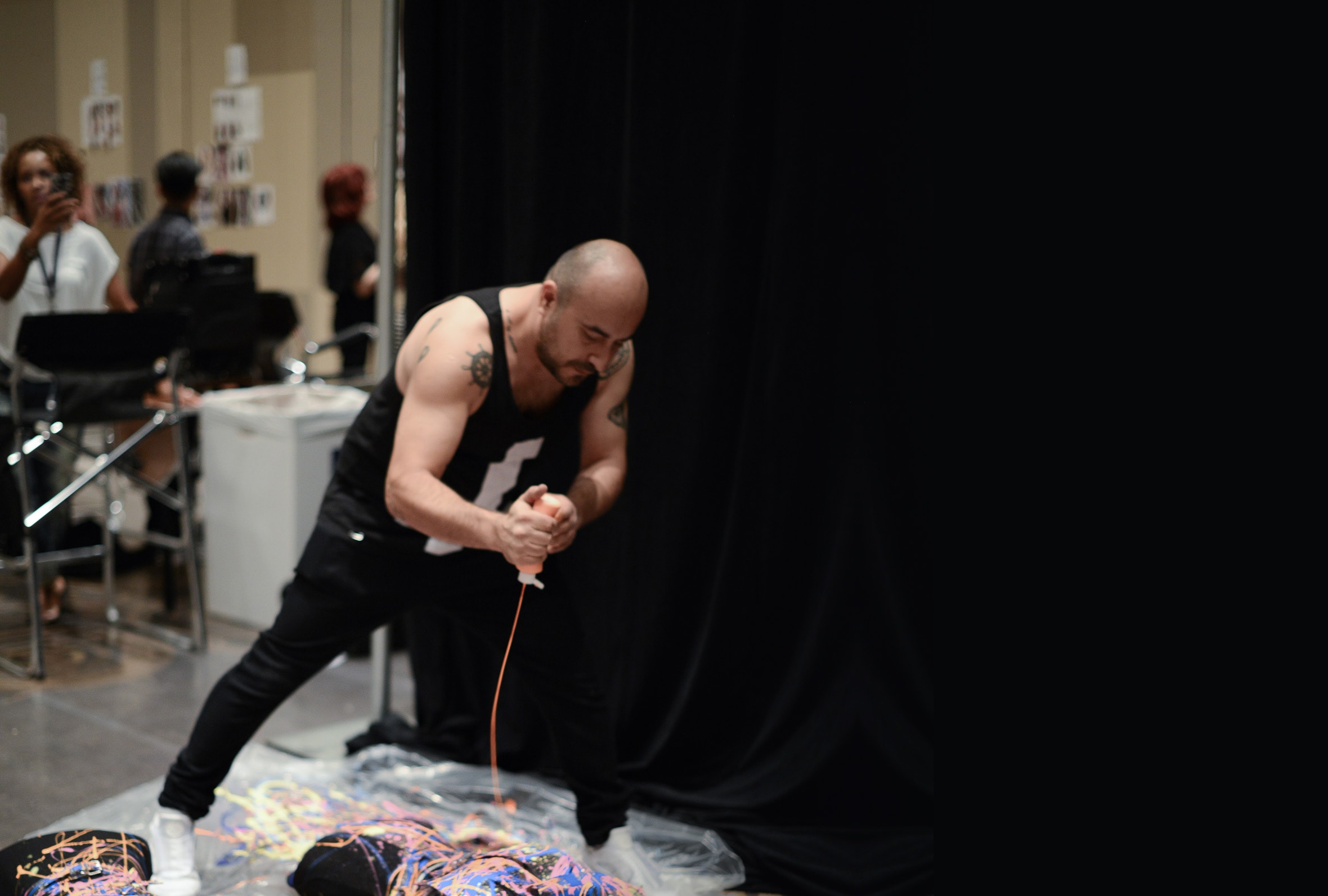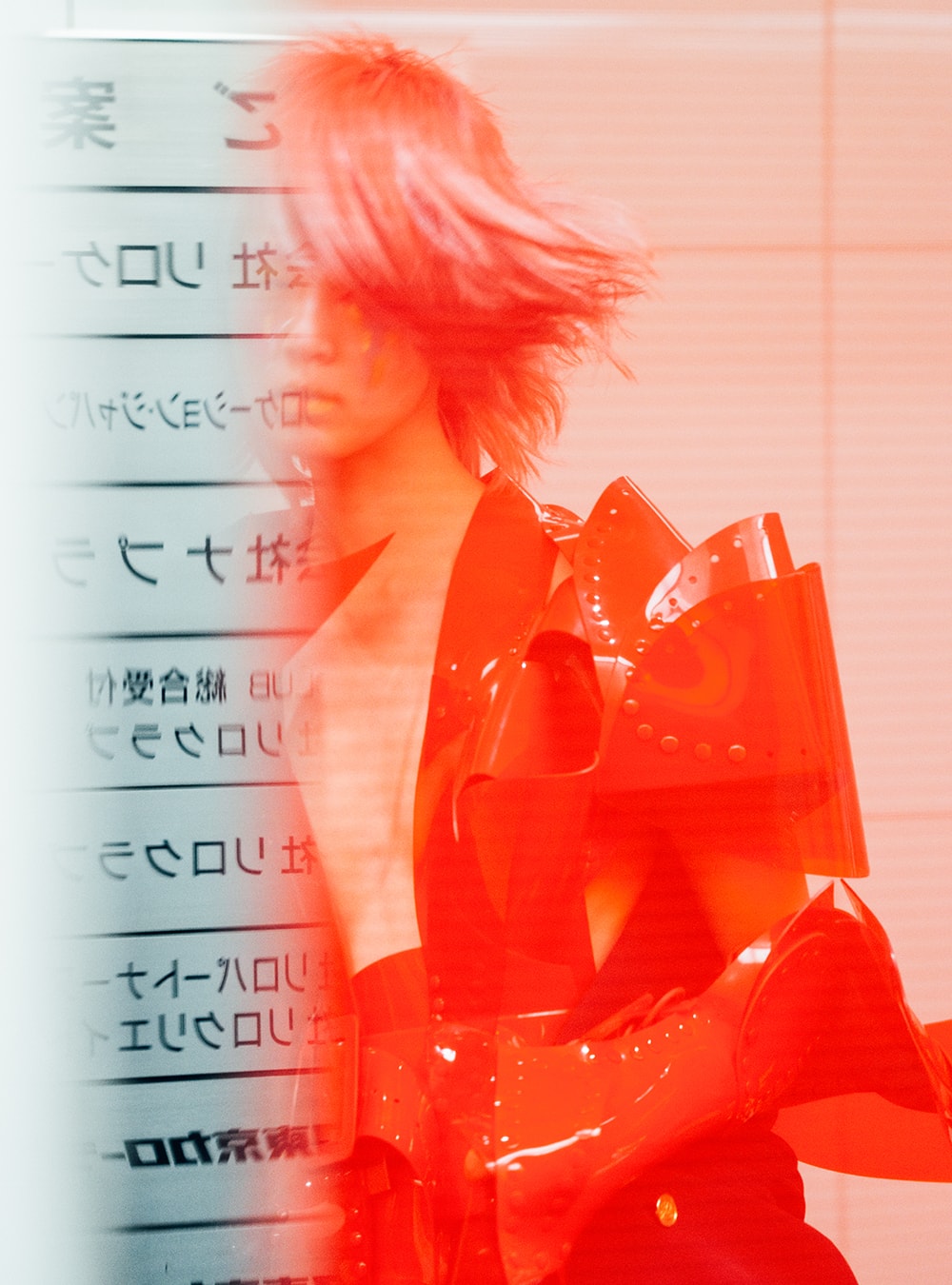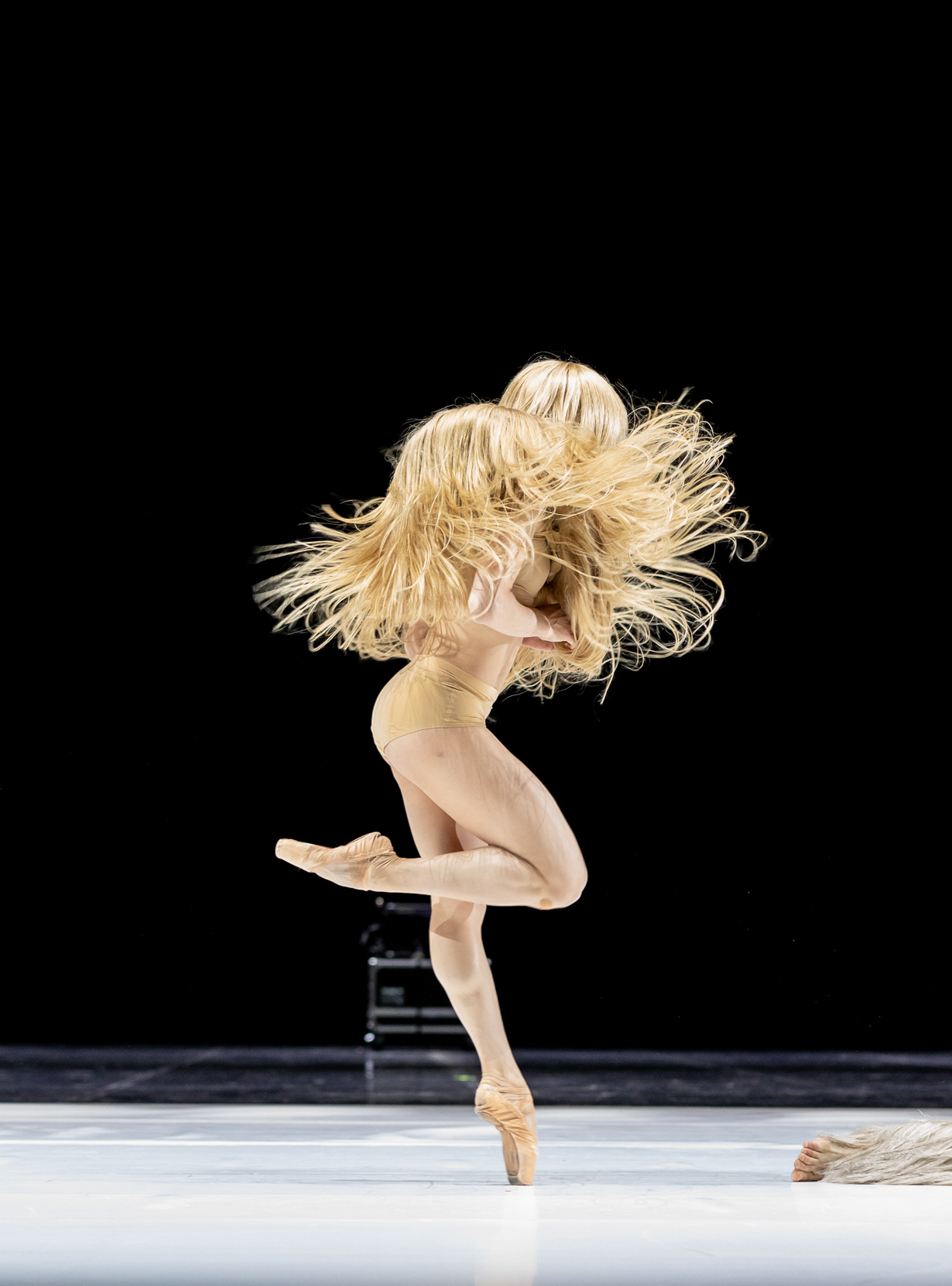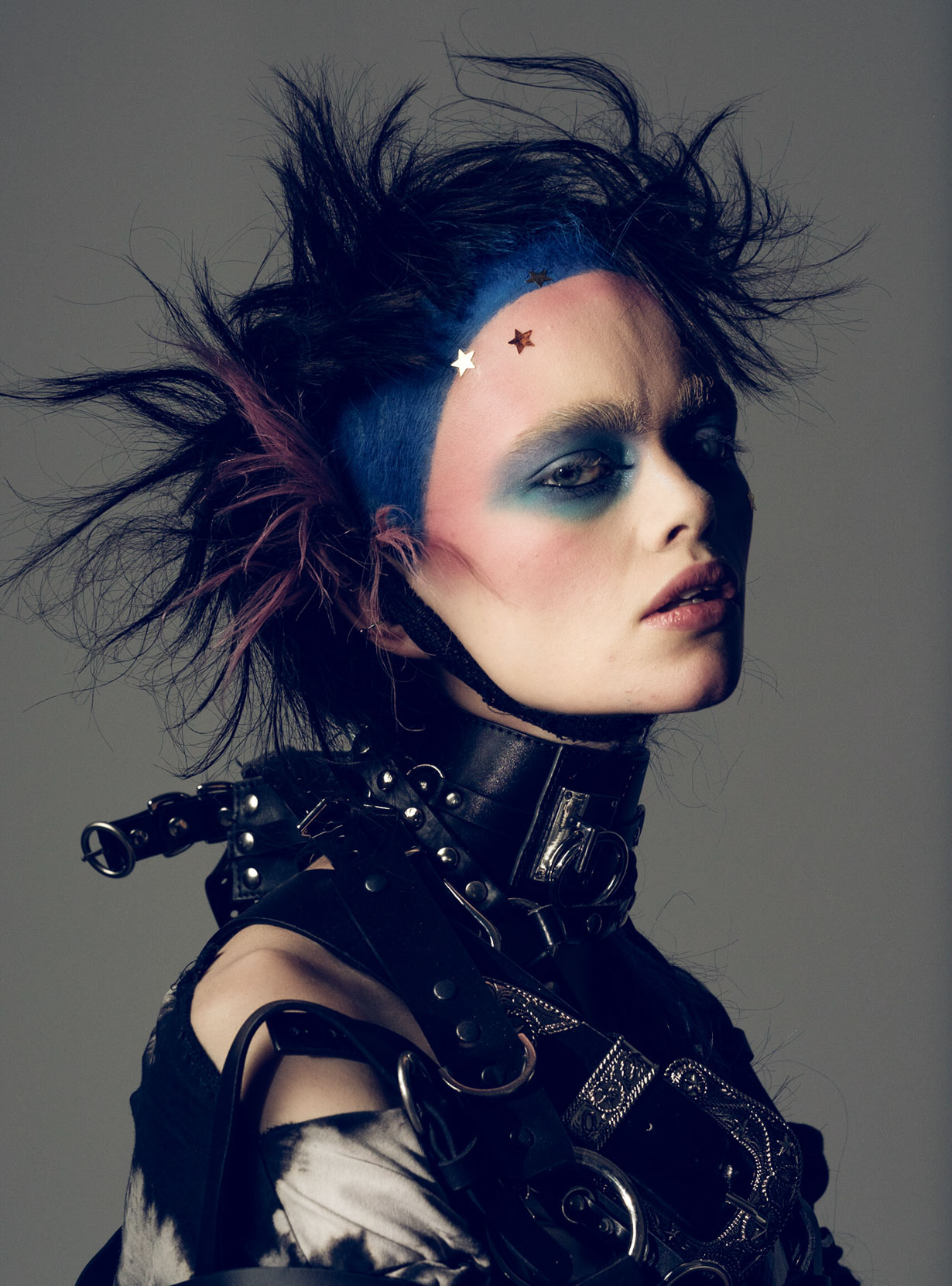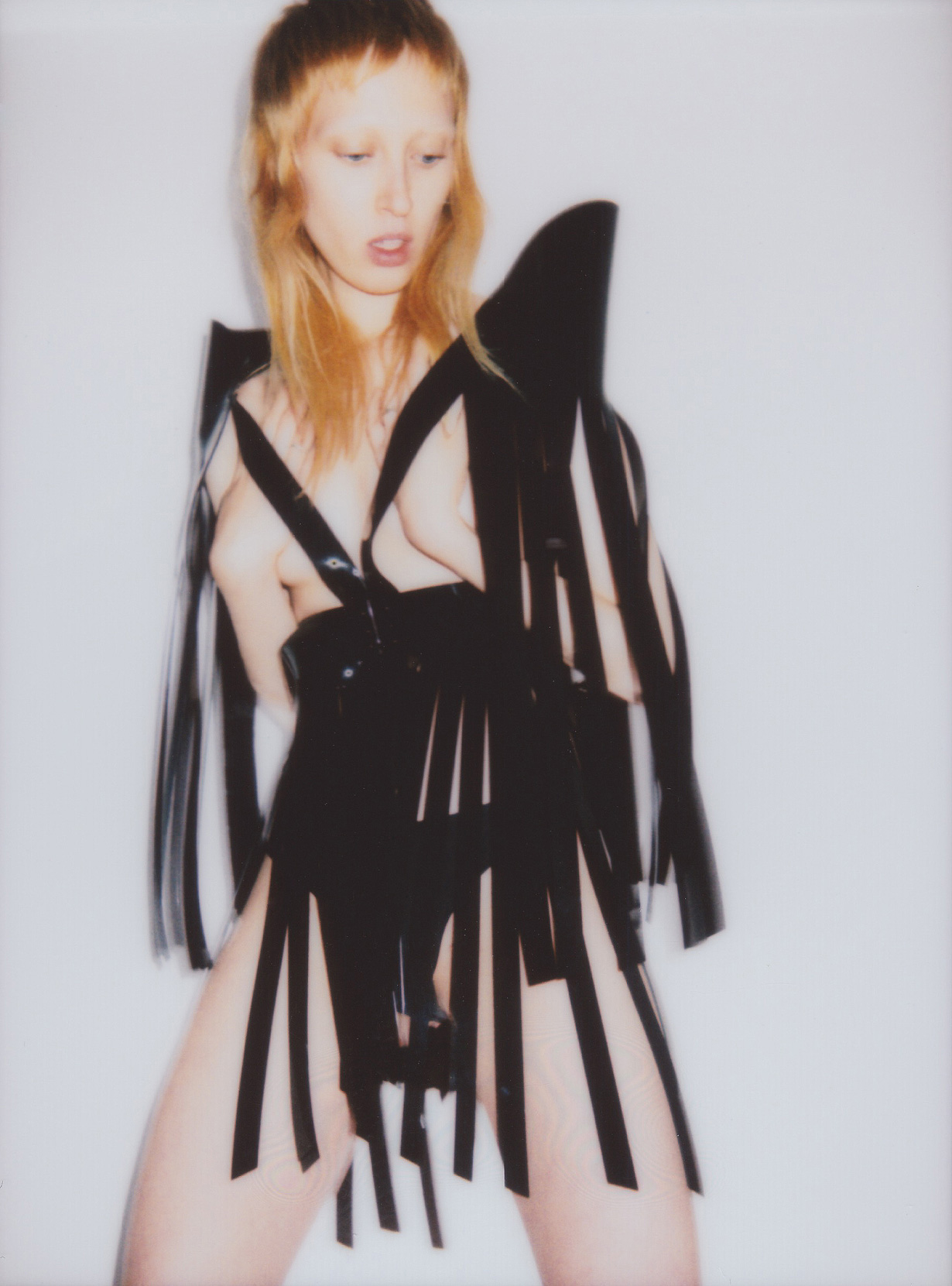PEOPLE: Fashion designer Jiv D on styling for the hair industry
Interview: Emma de Clercq
Video: Panos Damaskinidis
Images: Jiv D
Jiv D is a London based fashion stylist, designer and creative director. He has worked on publications including Centrefold Magazine, WIG, The A and Touch Magazine, and styled acts including Kelis, Dizzee Rascal, All Saints and Charlie XCX. He frequently works with hairdressing brands including Tigi and Toni & Guy, and has worked closely with Anthony & Pat Mascolo for years. Infringe spoke to him about his inspirations, techniques and what it is like styling for the hair industry.
How did you get into styling? I’ve always loved imagery. I love photography, and all I ever wanted to do was manipulate images. I realised quite quickly that as a stylist you have a lot of influence over the content of an image. While studying for a degree in Design and Media, I met a designer that had a brand stocking at Hyper Hyper. I ended up working for him, first of all just helping him out, and eventually I ended up designing his collections.
What inspires you? To me the female form is stunning. It’s always different, and how women move is always different, based on their personality, their life experiences. That, I think is the underlying inspiration – how to portray that form in a new way. Research to me is probably the most important thing, you can never stop learning. I’m constantly looking at videos, blogs…everything really. Instagram is a fantastic research tool, because everyone is kind of promoting themselves, but they are also showing off their latest work, their latest ideas, their latest way of thinking.
What is your favourite material to work with? I wouldn’t say that I have a favourite material, it’s more that as I’m learning new techniques, it’s exploring the possibility of a material or a technique that excites me. Lately I’ve been working a lot with plastic, latex and leather, and experimenting with 3D printing. With surface treatments, with new technologies emerging, there’s so much you can do with it. It’s about exploring what those basic materials can do, and turning it into something that can stand alone, either as a fashion garment, or a sculpture. The main reason I like those materials is because of their sculptural properties. I’ve been researching a lot of architecture, which I absolutely love, especially hard, angular architecture, in places like Berlin. Going to lots of exhibitions, travelling around the world..it’s all influenced my designs.
Can you tell us about the process of designing a piece? It’s all based around the body or the individual. I start with the mannequin or model and just start enveloping them. Lately I’ve been using very old dressmaking techniques. They would take a piece of fabric, pin it and drape it and start creating the bust, enveloping the mannequin. I’m doing the same thing but just with modern, structured materials. It’s the same principal, you start building from one point, constantly swivelling the mannequin to see how it balances. Often you draw something and think – wow, that’s it, that’s what I want it to look like. But then you find that a lot of the design process happens in the pattern cutting, the draping, the construction. So I try to let it evolve naturally.
You often work with hairdressers, notably your work with Anthony & Pat Mascolo and Tigi. How do you translate the hairdresser’s idea into styling? With Anthony & Pat, we’ve worked together so closely for so many years that it’s very intuitive. What I do is try to fully understand what they want to portray, what they want to achieve. The focal point is the vision they have for the hair and make-up, and then the styling leads from that. So I have to complement it, make it understandable, but not fight with it. And I think if you can find that balance that’s the key. It’s not about showing off as a stylist, it’s not about me, it’s all about the final image.
- ANTHROPOLOGY OF HAIR
- ANTHROPOLOGY OF HAIR
- ANTHROPOLOGY OF HAIR
- ANTHROPOLOGY OF HAIR
- ANTHROPOLOGY OF HAIR
